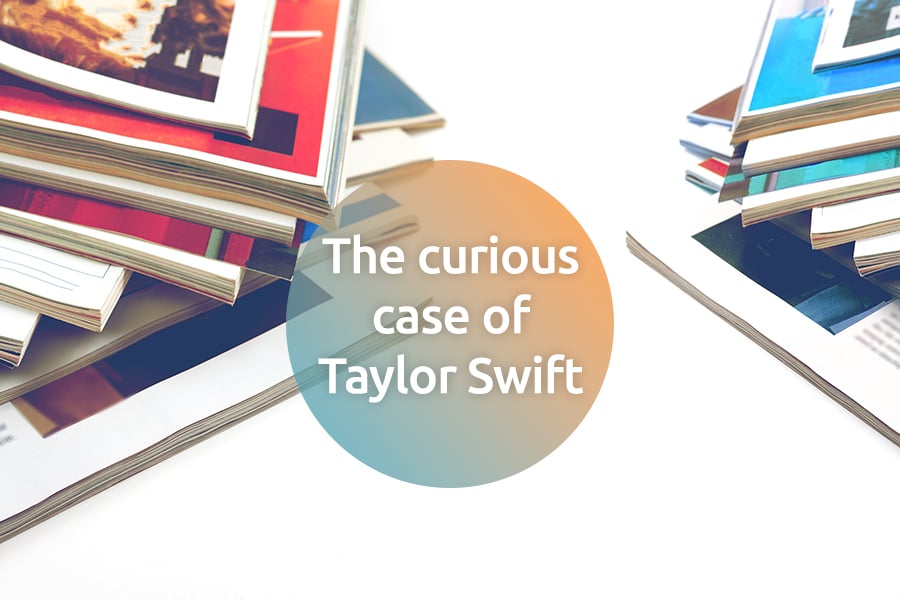With the generative artwork titled "Unsupervised-Machine Hallucinations-MoMA," exhibited at the Museum of Modern Art (MoMA) in New York, Refik Anadol envisions what a machine might dream of after contemplating the two centuries of modern art encapsulated in the museum's collection. The artist used artificial intelligence to transform the museum's collection into new aesthetic compositions that, in an alternate timeline, could have been part of the archive but never actually existed, thus exploring uncharted territories of modern art and speculating on what their achievements might have been.
Artificial intelligence (AI) may seem like an occult science because it enables the creation of extraordinary images in any pictorial style at a vastly faster pace than human performance – but nothing comes from nothing, even in the realm of generative computing. While these new tools may appear to conjure new material from the ether, that is not the case; their works are derivative, based on the reprocessing of the work of others.
How does generative AI work?
In an attempt to simplify a complex topic, one can say that AI machines acquire vast datasets, which are used to train specialized software capable of creating new virtual products – such as texts, images, videos, or songs. These computer programs also evolve through a process of progressive learning: the more data they are provided with, the better the results they produce. Additionally, some AI systems are capable of measuring their own performance and gradually transforming themselves to improve their ability to meet user requirements.
Generative computing, drawing from pre-existing data pools through the application of algorithms, creates original works. However, the fact that artificial intelligence starts from known elements can have legal implications if these elements are protected by intellectual property rights. For example, in the fields of art or literature, the works from which computer programs draw for their creations may be protected by copyright and related rights belonging to entities other than the original author. Therefore, before harnessing the benefits offered by AI, users must understand the risks and how to prevent inadvertent violations of the rights of others.
Artificial Intelligence and legal implications
While generative artificial intelligence is a novelty for the market, and specific regulations are lacking at present, existing laws, such as those in industrial property rights, still have significant implications for its use. Some areas of uncertainty include the proper assignment of ownership rights for works generated through artificial intelligence and the lawful acquisition of data contained in training datasets (which may sometimes not be covered by licenses).
Debates also revolve around the limits to be applied to user requests to computer brains: how far can consumers push their queries, and how far can machines go in their responses? It is certainly not appropriate to ask these tools to create new products without authorization using protected works of others under copyright, trademarks, patents, designs, or models.
To prevent potential violations, the commitment of all parties involved is required: first and foremost, developers of computer systems must seek licenses to use intellectual property-protected training data and compensate the respective licensors. Additionally, developers must work on creating audit trails, which are immutable records certifying the origin of the works contained in training data and the content generated by AI.
Purchasers of AI-based computer products should inquire from suppliers whether their models are based on open or protected content (and if protected, that they are properly licensed) and examine the terms of service and privacy policies of sellers. As a precautionary measure, buyers of artificial intelligence should demand the development of audit trails from suppliers as assurance that the supplier's works are not intentionally or unintentionally derived without authorization.
Content creators must actively monitor digital and social channels to identify the appearance of works that may be derived from their own creations. For well-known trademark holders, it is not simply a matter of searching for specific references to their brand but also monitoring potential evolutions or derivative forms developed by artificial intelligence.
AI makes its debut in the fashion industry
Artificial intelligence is applicable to any sector involving digital work, including the fashion world. In this context, AI can be applied to supply chain management by fueling generative computer programs with inventory and sales history to anticipate future transactions. This allows companies to make more precise decisions regarding the garments to stock. AI, in turn, helps reduce unsold inventory and associated losses, meeting customer expectations while increasing sales volume and profit margins.
Furthermore, artificial intelligence provides valuable data for choosing marketing strategies, targeting promotions to potentially interested customers, personalizing advertising, and maximizing its impact. This not only saves fashion houses time and money but also allows them to stay ahead of the competition by identifying new trends and emerging markets.
Generative computing can also be employed in the design phase of clothing. Algorithms record expanding trends and customer preferences, enabling fashion houses to invest in models more likely to be appreciated by their target consumers, reducing the risk of producing unsellable designs.
There are two major concerns arising from the application of AI in this sector. Firstly, the risk that generative computing may partially (or completely) replace human labor, especially concerning designers, marketing professionals, and logistics experts. Secondly, the potential homogenization of style: with algorithms guiding design decisions and sales strategies, there is a risk that fashion may become less individual and creative. This could lead to a rapid decline in the quality of fashion products and a deterioration of the industry's reputation as a whole.
A challenge to human creativity
Critics of artificial intelligence argue that it generates output without truly engaging in a creative act since it learns from works created by humans. On the other hand, artists also study the history of art and draw inspiration from great authors of the past. It raises the question of whether we are applying a double standard (i.e., a discriminatory principle) to human and artificial inventiveness, expecting superior creative input from machine learning compared to human creativity.
We believe, or like to believe, that human creativity involves a layered and multifaceted process that no machine can replicate due to its inherently anthropological nature. Human creativity encompasses personal experiences, intellectual guidance, imaginative thinking, prophetic vision, and other qualities that have been traditionally regarded as unequivocally human. These are characteristics that artificial intelligence does not have – or at least, does not have yet.





